

James Wong
2026 Audi Q5 review: Quick drive
5 Days Ago
It may not have the tech advancements of the new Swift Hybrid, but the Swift Sport remains a fun and affordable warm hatch in 2024.
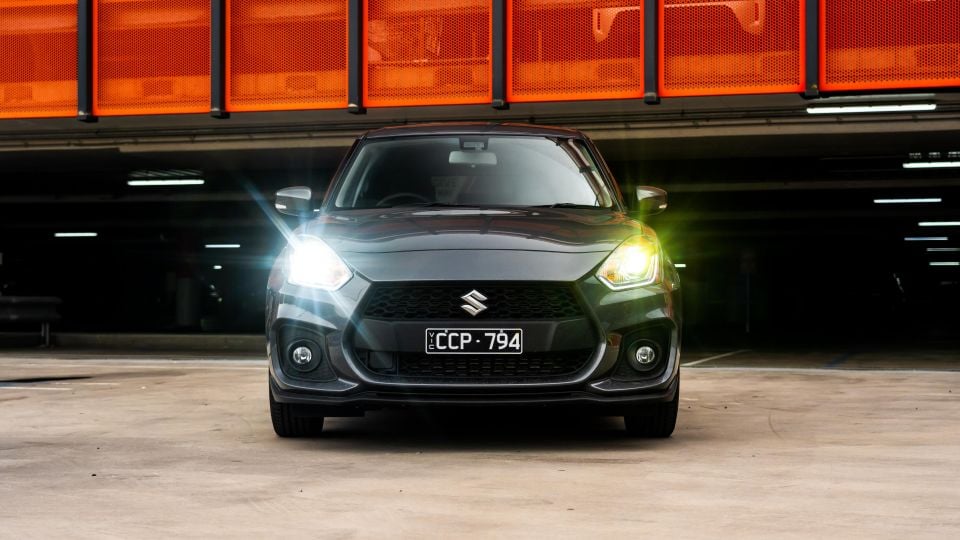


Quickly see how this car stacks up against its competition. Select any benchmark to see more details.
Where expert car reviews meet expert car buying – CarExpert gives you trusted advice, personalised service and real savings on your next new car.
The new Suzuki Swift Hybrid is hogging the limelight right now, but the existing Swift Sport remains on sale.

While it’s unclear whether the performance hatch will be renewed for another generation, the latest Swift and the previous-gen Swift Sport will continue to be produced concurrently at the time being.
You can still get into one for under $30,000 plus on-road costs… just. But if you don’t want to change gears yourself, you’re looking at the car on test – the 2024 Suzuki Swift Sport auto, priced from $31,990 before on-roads.
It’s still based on the previous-generation Swift, meaning it lacks the tech and feature advancements of the new Hybrid. But, that’s not necessarily all bad.
The Swift Sport is currently the only version of the Japanese brand’s city hatchback that you can buy with a turbocharged engine. Plus, its body kit and alloys make it look very… tuff
Is it still worth a look over the new-gen electrified model, or should you go for the newer, less powerful alternative?
Pricing has crept up over the years, but the Swift Sport starts at a still-affordable $29,990 plus on-road costs for the six-speed manual, with the six-speed auto on test asking for $2000 more.
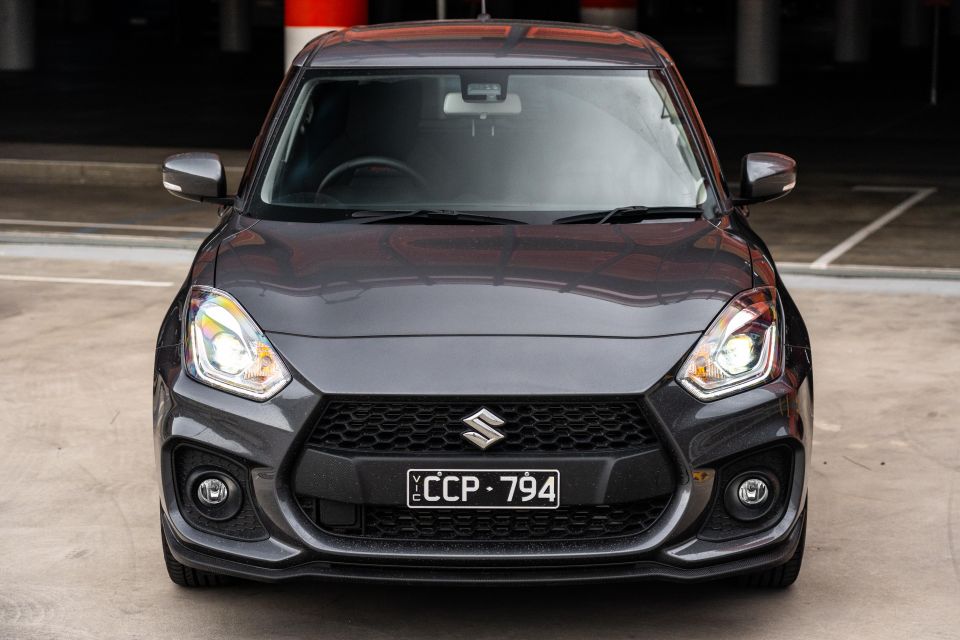
| Model | Pricing before on-road costs |
|---|---|
| 2024 Suzuki Swift Sport 6MT | $29,990 |
| 2024 Suzuki Swift Sport 6AT | $31,990 |
To see how the Swift Sport lines up against its rivals, check out our comparison tool.
Buy your new car without the stress. It's fast, simple and completely free.

Great service from Travis and team, second time I have used this business would not hesitate to recommend them to anyone
Craig C.
Purchased a Ford Ranger in Sunshine Coast, QLD
CarExpert helped Craig save $7,224 on his Ford Ranger, now let us save you on your next new car.
Get your BEST priceNot much has changed since the third-generation Swift launched locally in 2017.

Compared to the new fourth-gen Swift Hybrid, which receives some wholesale design inside and out, the 3GEN-based Swift Sport doesn’t change the formula too much other than some lashings of red trim and sportier seats.
It offers a conventional and clean layout that hasn’t aged badly, but it’s looking basic for a city car worth over $30,000 before on-roads in 2024.
For example, the cheap plastics lining almost the entire interior were palatable when a base Swift started for well under $20,000 but in the $31,990 before on-roads Swift Sport automatic it’s not as acceptable.
Thankfully, the main touch points like the chunky flat-bottomed and leather steering wheel, and the solid-feeling switchgear, help to make up for this somewhat.


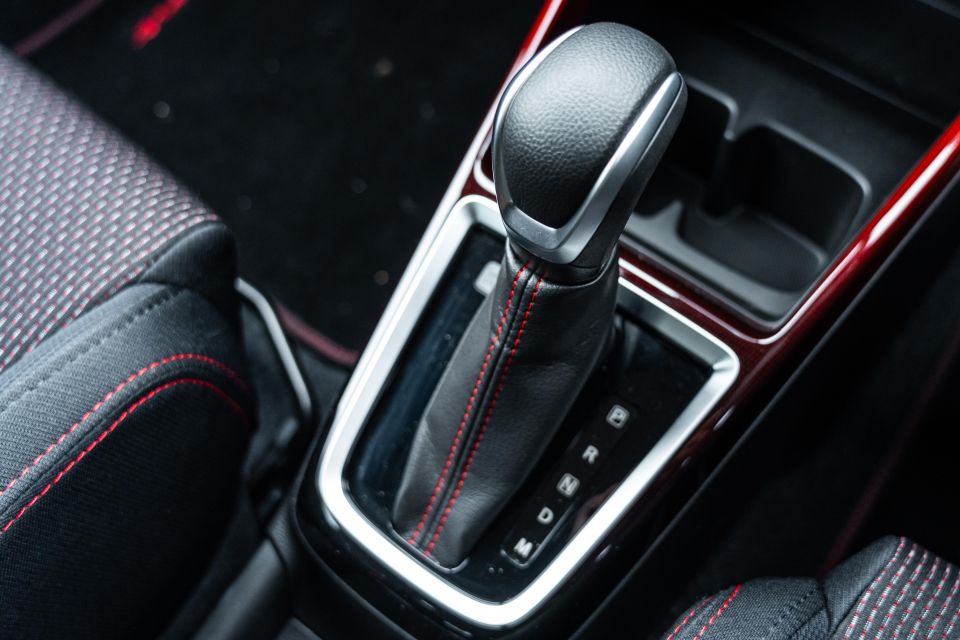

That brings me to the front seats, which are perhaps my favourite thing about the car before you start driving it.
The generously padded sports seats are beautiful to sit in. Comfortable, supportive, and well bolstered, it’s as if the car is giving you a warm hug. They also keep you snug when cornering – more on the driving later.
Now something not so great: infotainment. During the COVID-19 pandemic Suzuki was forced to toy with aftermarket infotainment systems due to component shortages, though initially the Swift Sport was spared.
Now, the factory 7.0-inch touchscreen has been replaced with a 7.0-inch Pioneer unit, and it was one of my greatest frustrations with this car. It’s basic, slow, and well behind any of the systems offered by rivals.

There’s no embedded satellite navigation, the interface is so aftermarket it could have come from Autobarn, and the quality and clarity of the display is sub-par. With wired Apple CarPlay, the colours of the app tiles appeared off and overly saturated, and the brightness was too dull in daylight even in its highest setting.
Further, audio quality during phone calls was rubbish on both ends, with multiple callers complaining of excessive echoing and background noise. It’s as if the microphone is fitted to the display, and not the actual car.
Audio quality when playing music was better, with the infotainment unit hooked up to the Swift Sport’s decent six-speaker sound system. There’s a nice crispness to the audio, and you can dial up the bass – though you’ll be vibrating the hell out of the thin windows and door trims.
It really puzzles me why the old 7.0-inch navigation system isn’t here, or why a version of the new Swift’s 9.0-inch touchscreen running the latest interface couldn’t have been adapted. At least it’s neatly integrated, above circular climate controls that continue to be a pleasant ergonomic experience by comparison.
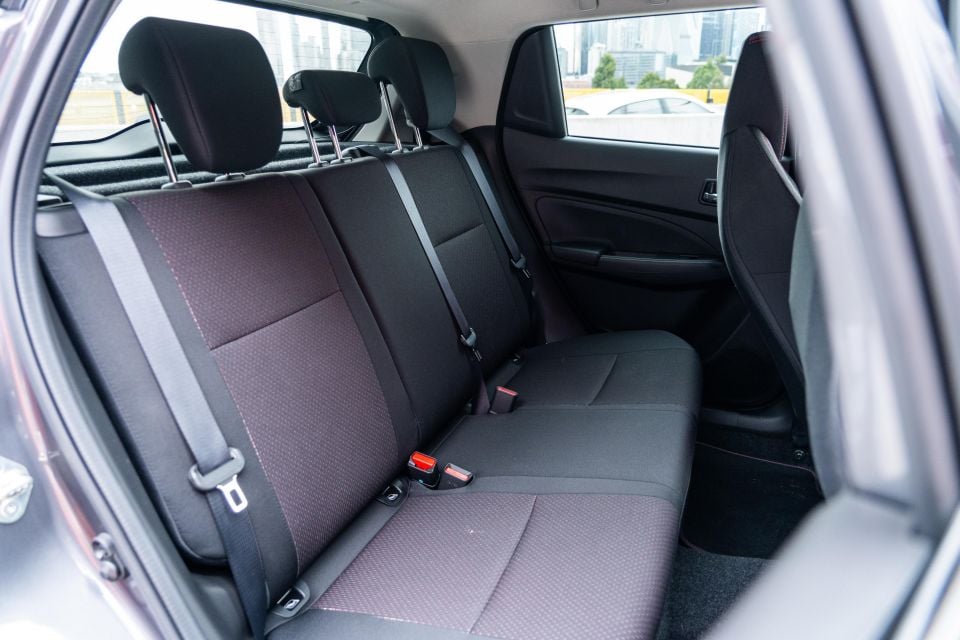
Despite the compact dimensions, you’ll be surprised to find a handy amount of space in the rear, at least for two adults.
The Swift has always been well packaged in the second row thanks to its tall roofline, which means even at 6’1 I can sit behind my own driving position in moderate comfort. If you’re smaller, even better.
As you’d expect, it’s pretty basic back here – there are no air vents, power outlets, or padded elbow rests in the doors. You do get adjustable headrests and the requisite ISOFIX and top tether child seat mounting points, but that’s about it.
The surprising amount of rear passenger room as clearly comes at the cost of boot space, with the Swift quoting 265 litres which is much closer to a Kia Picanto than a Volkswagen Polo.
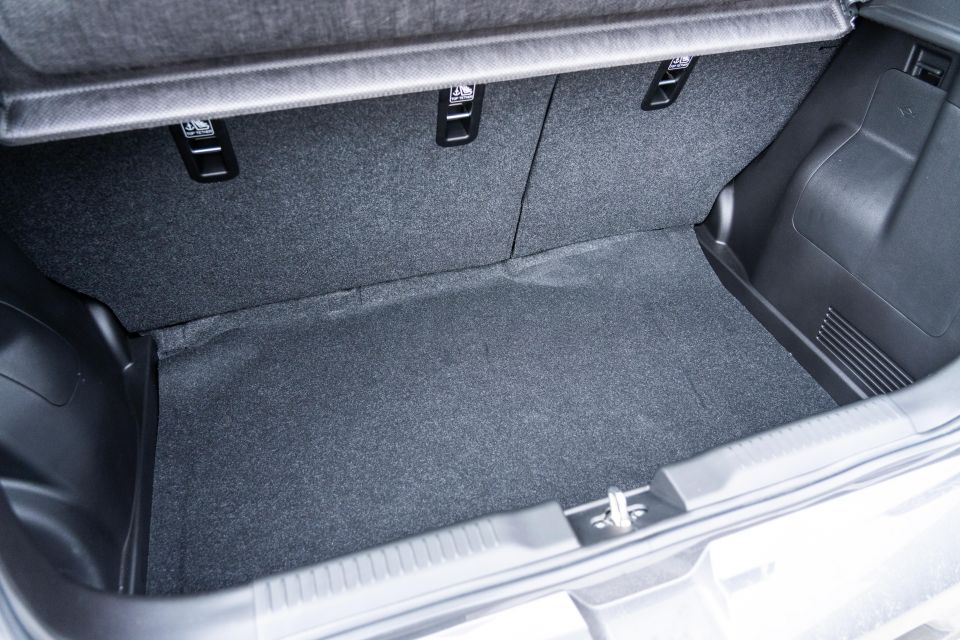

It’s a fairly short space, albeit one that’s nicely squared off. You can fold the rear seats (60:40 split) but there’s a big step up from the boot floor to the seat backs, and they don’t fold particularly flat.
Disappointingly there’s no spare wheel under the boot floor either, with just a tyre repair kit offered.
| Dimensions | Suzuki Swift Sport |
|---|---|
| Length | 3890mm |
| Width | 1735mm |
| Height | 1495mm |
| Wheelbase | 2450mm |
| Cargo capacity | 265 litres (rear seat raised) 579 litres (rear seat folded) |
To see how the Swift Sport lines up against its rivals, check out our comparison tool.
The same 1.4-litre Boosterjet turbo four remains under the bonnet of the Suzuki Swift Sport.
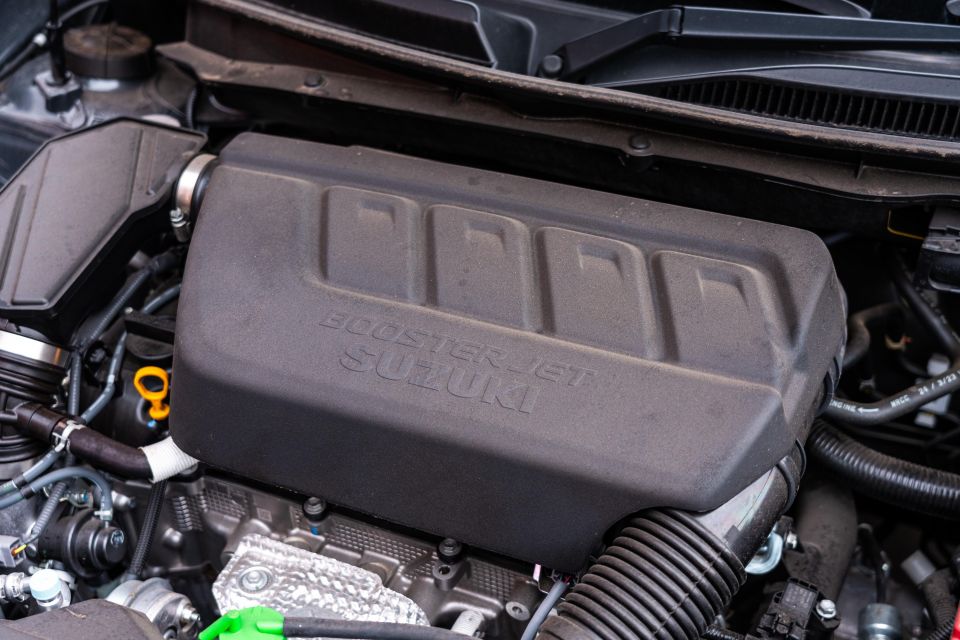
| Specifications | Suzuki Swift Sport 6AT |
|---|---|
| Engine | 1.4L 4cyl turbo |
| Power | 103kW @ 5500rpm |
| Torque | 230Nm @ 2500-3000rpm |
| Transmission | 6-speed auto |
| Driven wheels | FWD |
| Weight | 990kg |
| Fuel economy (claimed) | 6.1L/100km |
| Fuel economy (as tested) | 6.3L/100km |
| Fuel tank capacity | 37 litres |
| Fuel requirement | 91 RON |
| CO2 emissions | 141g/km |
| Emissions standard | Euro 5 |
To see how the Swift Sport lines up against its rivals, check out our comparison tool.
As has always been the case, the Swift Sport is a hoot for such a small, basic car.

The engine’s outputs might seem a little tame on paper, but slotted under the bonnet of a light-class hatchback weighing less than a tonne (990kg in auto spec), it flies!
It offers 230Nm of peak torque that comes online from 2300rpm, which is a little high for a modern turbocharged motor, but it almost has that old-school turbo character where it hits you in the back as it comes on boost.
Suzuki Australia doesn’t quote a 0-100km/h time but it easily feels like a low 7.0-second car, and roll-on acceleration is impressive for a vehicle of this size.
The zesty response is addictive and feels like the car is egging you on to give it a push. Just a shame it doesn’t sound particularly sporty, even if there’s a slight raspiness to the exhaust note.

When you’re not zipping through traffic and city streets, the Swift Sport remains a very comfortable and agreeable commuter, drawing upon its city car underpinnings to make for a very capable runabout.
Tall windows, direct steering, and a well-sorted ride make the Swift perfect for navigating inner-city Melbourne. It’s a cinch to park, and will fit in any spot given its teeny 3.9-metre length. You also won’t feel squished in narrow laneways or car parks.
It doesn’t come undone at higher speeds. The Swift sits comfortably at a cruise on Australian freeways despite its diminutive size, helped somewhat by the Sport’s more substantial wheel and tyre package compared to lower grades from this Swift generation – there’s an extra 10mm of width on each tyre.
While this city car is can capably handle trips out of the big smoke without getting blown away by heavy winds or passing trucks, the level of road noise on coarse-chip roads is high. You get droning and ringing from the tyre roar that’s not very pleasant, and the thin windows don’t keep much out either.

The Swift Sport’s age is somewhat given away by its driver assistance systems, or relative lack thereof compared to something like a Volkswagen Polo (GTI or not).
There’s adaptive cruise control that does without stop/go functionality, meaning you have to still do the work yourself in traffic jams. The lane departure warning also lacks an active assist or centring function like the new Swift Hybrid.
You do get blind-spot monitoring and rear cross-traffic alert which are nice, but the reversing camera is so bad being located in the licence plate area and feeding onto the sub-bar infotainment display. The viewing angle is limited and the quality of the vision is well below average.
Otherwise, it covers the basics and not much more. If this kind of assistance tech is important to you and you don’t need the Sport’s turbocharged performance, the newer Swift Hybrid GLX could be the go for you.
Just one specification is available, with both manual and automatic transmissions available.

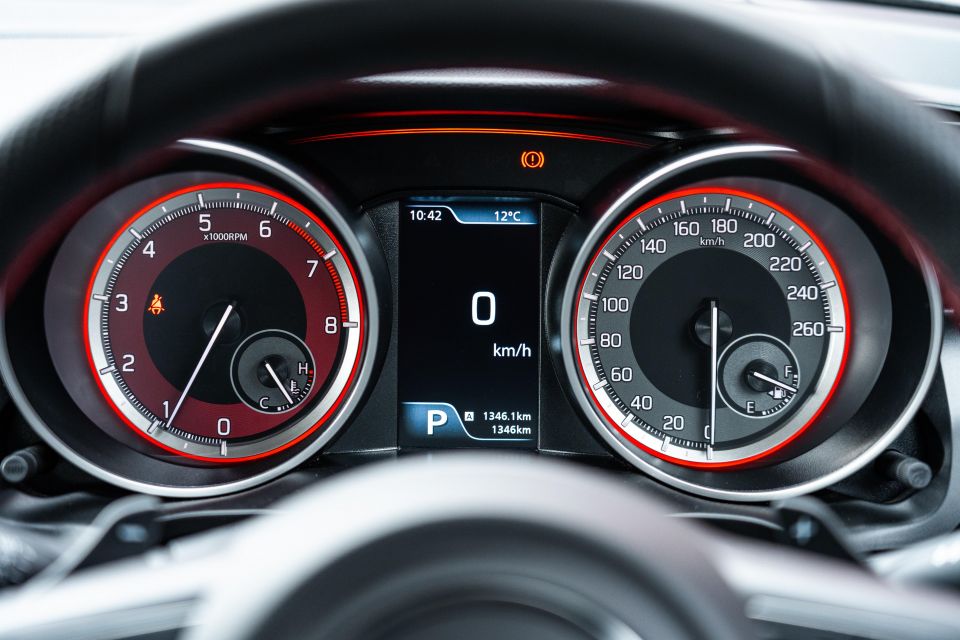
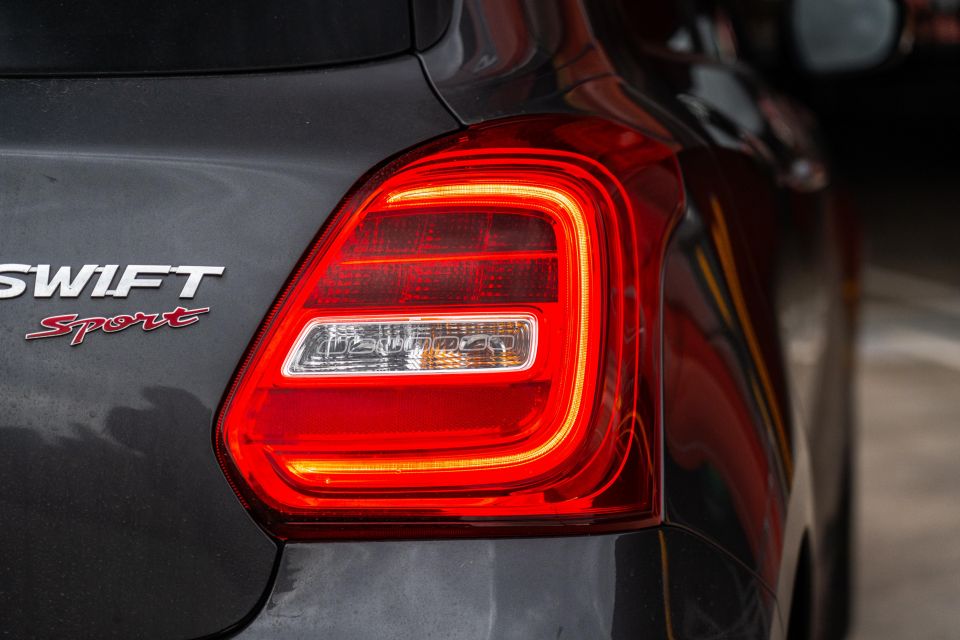

Swift Sport equipment highlights:
The previous-generation Swift wore a 2017-stamped five-star ANCAP safety rating, which has now expired.

Where expert car reviews meet expert car buying – CarExpert gives you trusted advice, personalised service and real savings on your next new car.
Standard safety equipment includes:
Like the wider Suzuki lineup, the Swift Sport is covered by a five-year, unlimited-kilometre warranty.
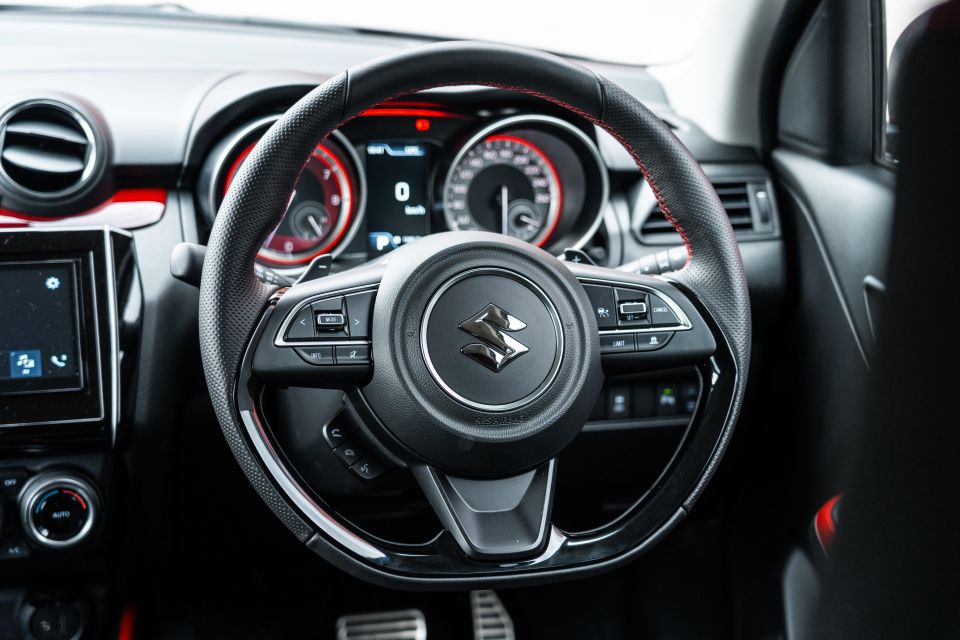
| Running costs | Suzuki Swift Sport |
|---|---|
| Warranty | 5 years, unlimited kilometres |
| Roadside assistance | Up to 5 years (service activated) |
| Service intervals | 12 months or 10,000 kilometres |
| Capped-price servicing | 5 years or 100,000 kilometres |
| Total capped-price service cost | $2005 (5 years, 50,000km) |
Buy your new car without the stress. It's fast, simple and completely free.

Great service from Travis and team, second time I have used this business would not hesitate to recommend them to anyone
Craig C.
Purchased a Ford Ranger in Sunshine Coast, QLD
CarExpert helped Craig save $7,224 on his Ford Ranger, now let us save you on your next new car.
Get your BEST priceThere’s a lot to love about this little car.

As has always been the case with the Swift Sport, it’s a little ball of fun that doesn’t cost an arm and a leg. It’s also surprisingly practical as a daily provided you don’t need to carry three or four passengers regularly.
The city-friendly dimensions make it a cinch to live with on the daily commute, and its turbocharged performance and dynamics make it a hoot whether you’re zipping through CBD laneways or tearing up a winding B-road out of town.
I also think it’s adorable, and in one of the brighter colour options really pops and looks special. Our grey tester is very demure, but also a little too unassuming for me.

Drawbacks? It’s not as cheap as it used to be, and the tech suite is dated compared to the new one, let alone the Volkswagen Polo and Toyota Yaris.
The aftermarket-looking Pioneer head unit would almost be a dealbreaker for me, especially compared to the new 9.0-inch unit in the new Swift Hybrid which is a world away from the old OEM system let alone the one here.
It’s also pretty tinny when you start venturing beyond city limits, with thin panels and windows meaning quite a lot of ambient noise enters the cabin pretty much all the time. It just is feeling a bit old in these respects.
But if you’re after relatively cheap, no-nonsense thrills in a pocket-sized package, the Swift Sport is the right fit.
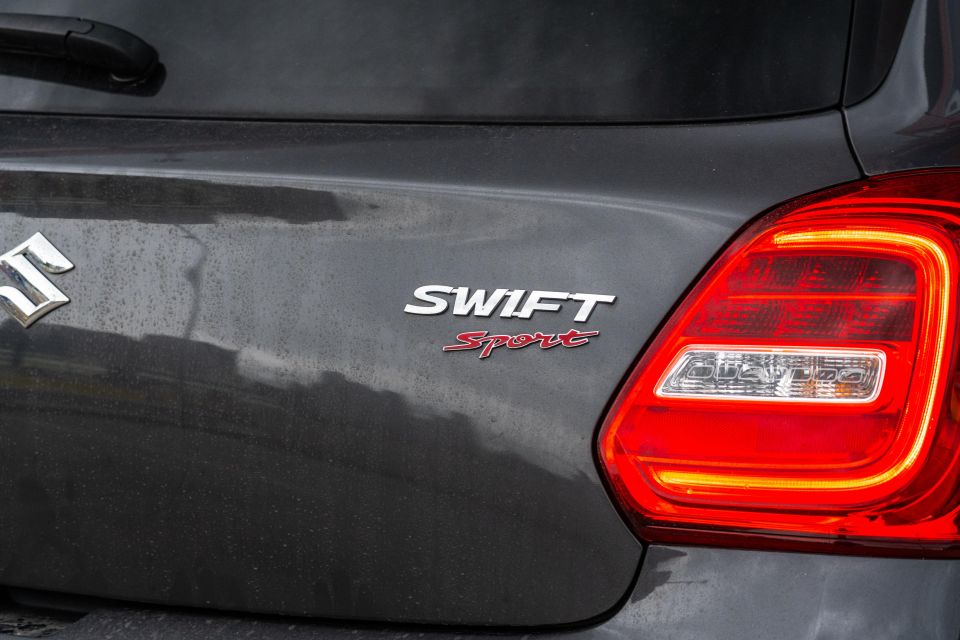
Click the images for the full gallery
MORE: Buy a Suzuki Swift MORE: Everything Suzuki Swift
Where expert car reviews meet expert car buying – CarExpert gives you trusted advice, personalised service and real savings on your next new car.
James is an automotive journalist based in Melbourne, Australia. Before joining CarExpert.com.au in 2020, James has worked at leading auto media outlets including Carsales and CarAdvice, as well as at Pulse agency for Ford Australia's communications team. In 2019 James made Mumbrella's 'Top 20 most prolific web authors in Australia' list after publishing 1,360 articles between March 1, 2018 and February 28, 2019 for CarAdvice. James is also an Ambassador for Drive Against Depression – an Australian charity whose mission is to support mental wellness through the freedom of driving and a shared love of cars.


James Wong
5 Days Ago


James Wong
5 Days Ago


Max Davies
4 Days Ago


Josh Nevett
2 Days Ago


Max Davies
2 Days Ago
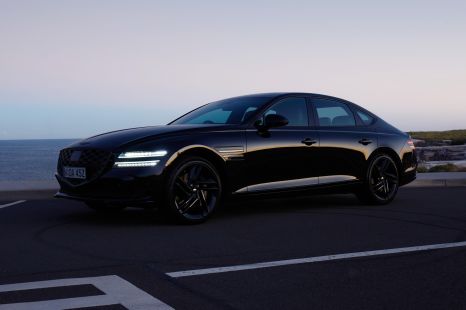

William Stopford
1 Day Ago